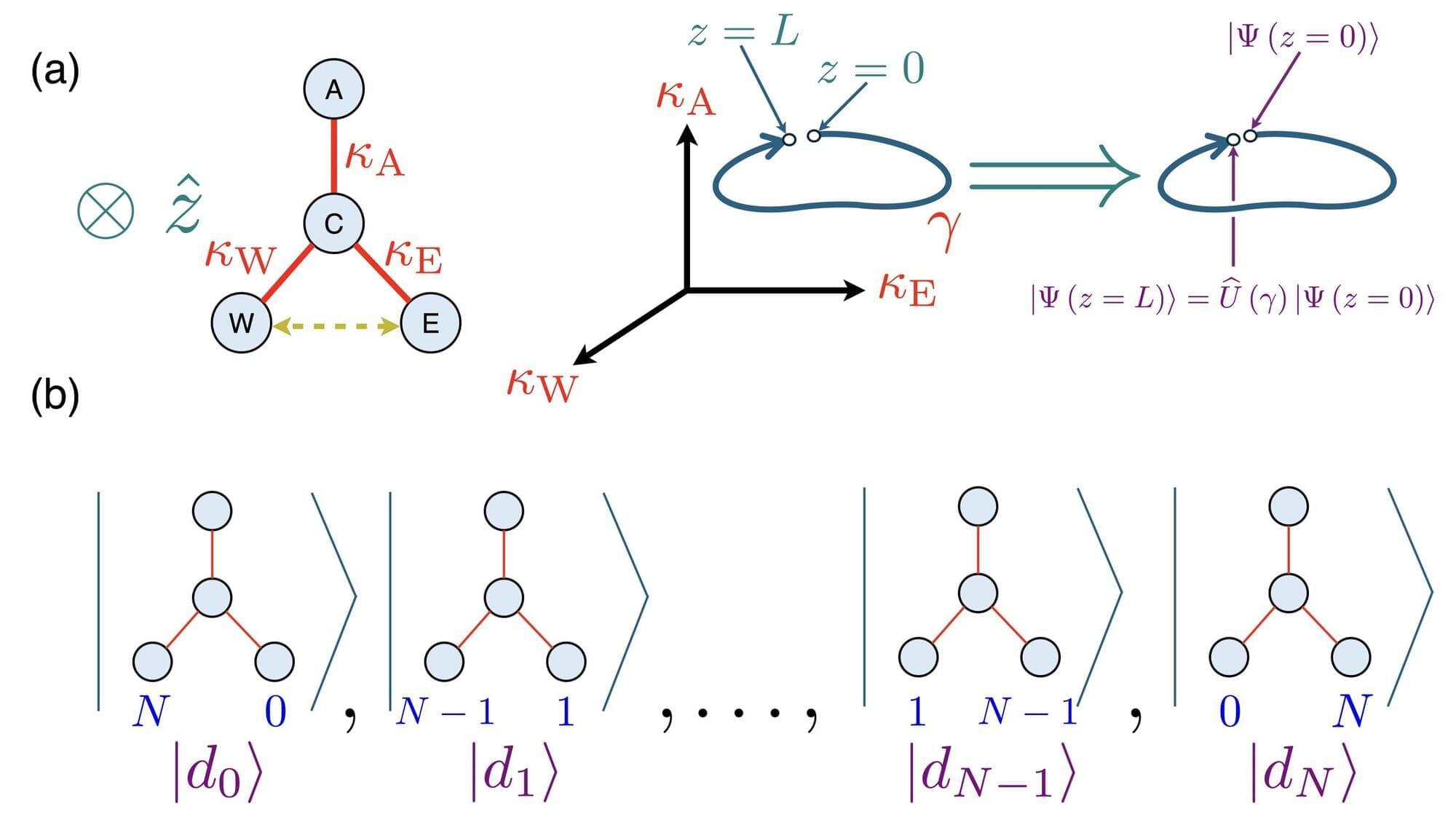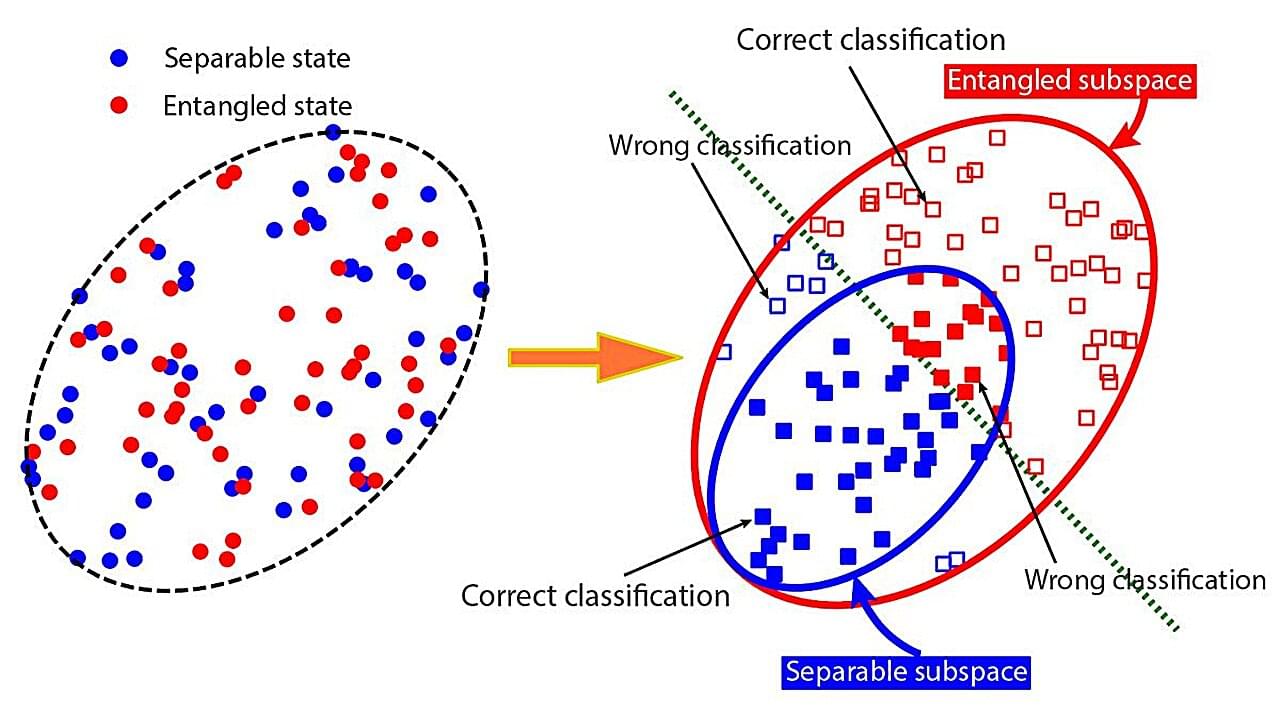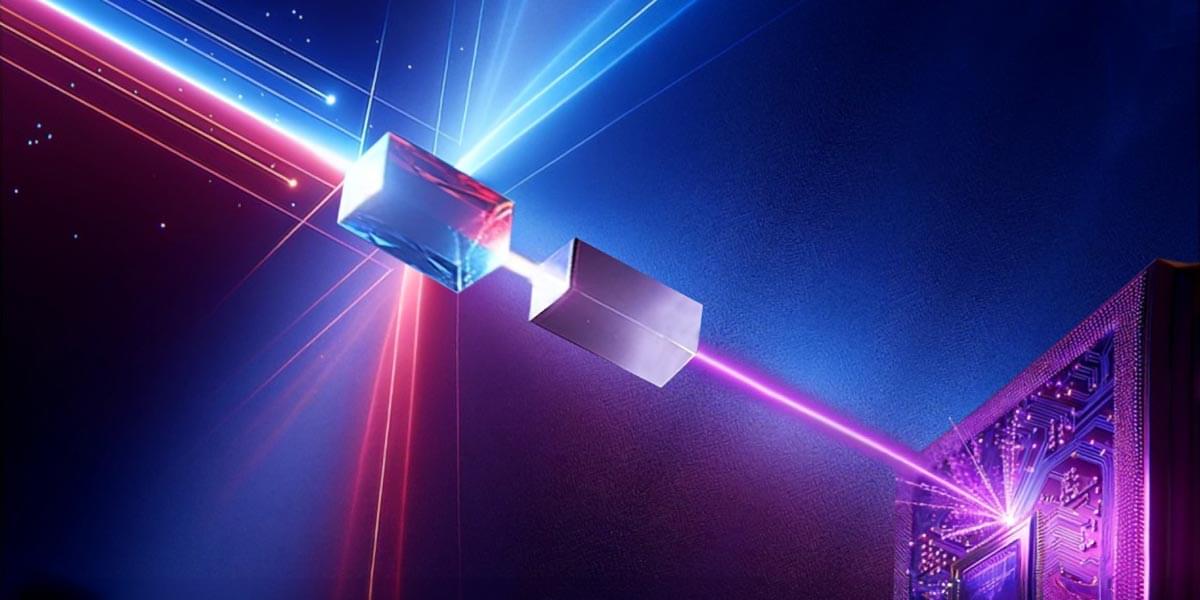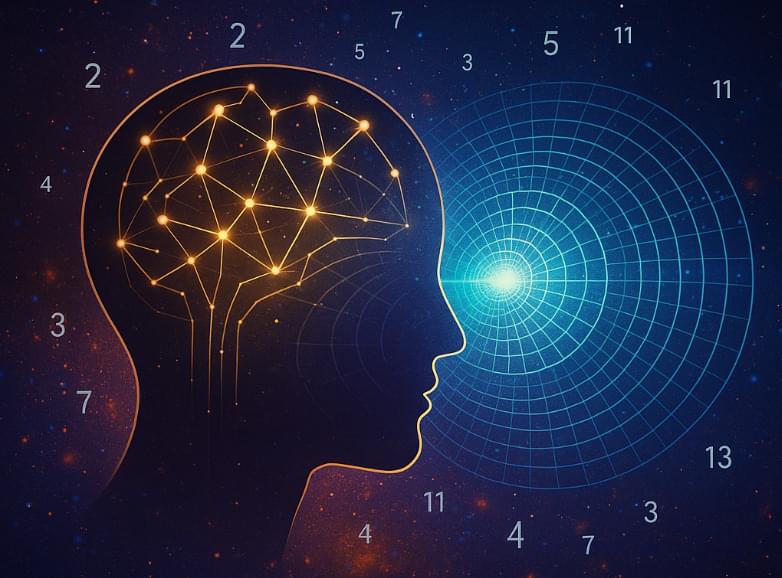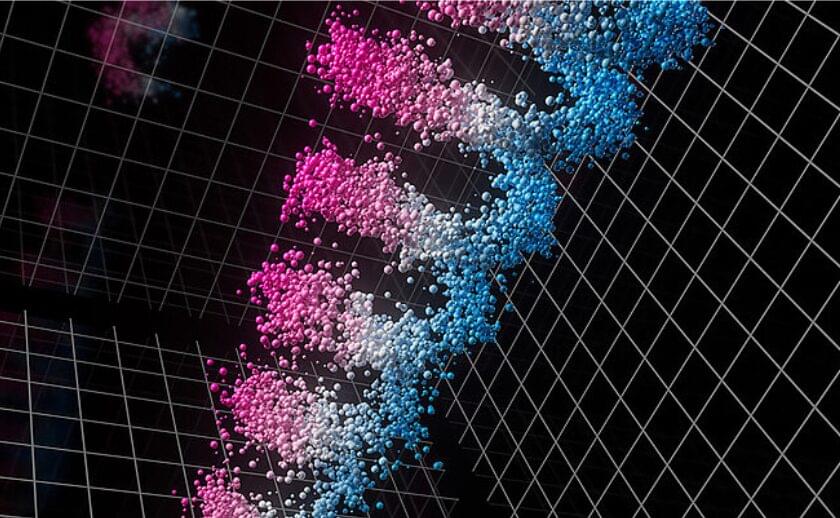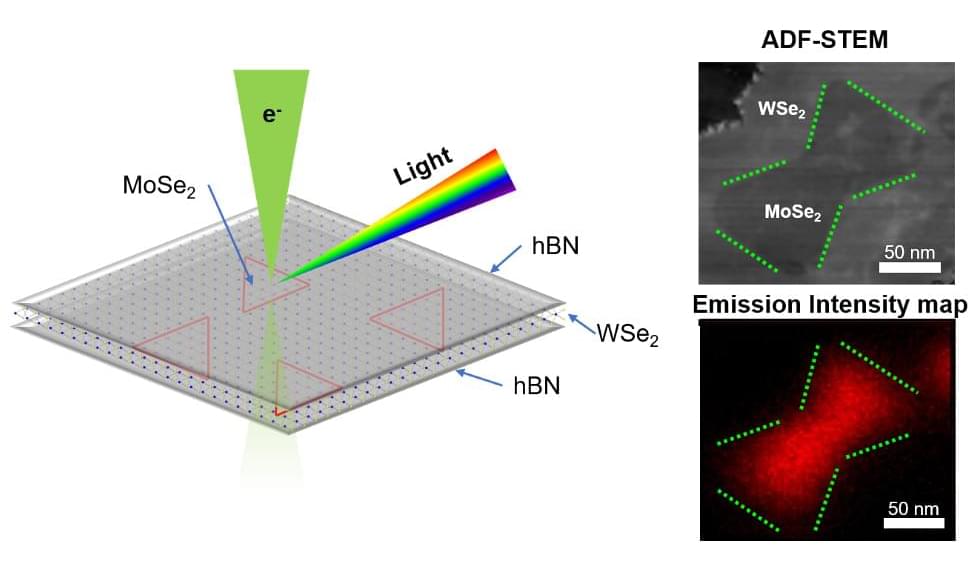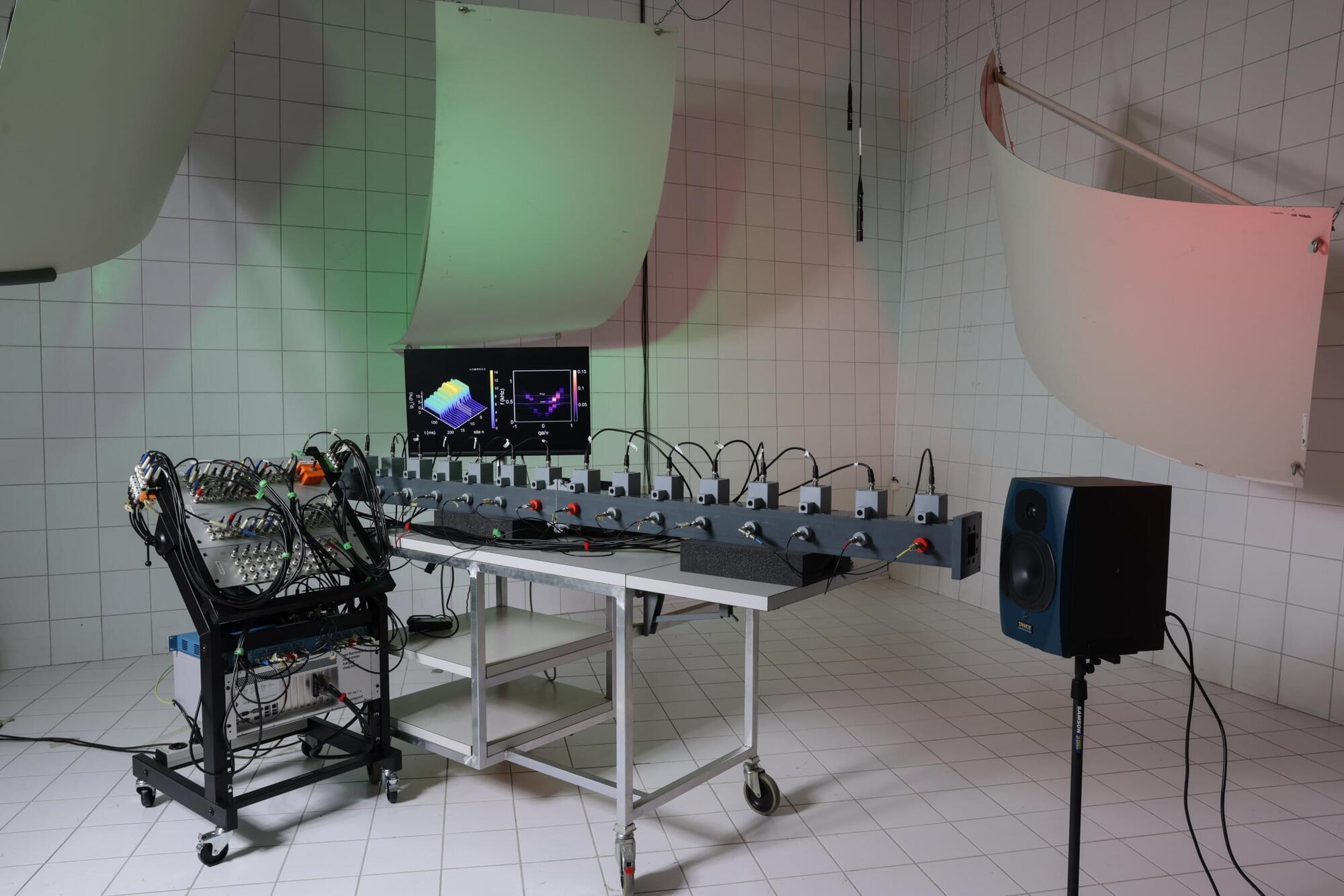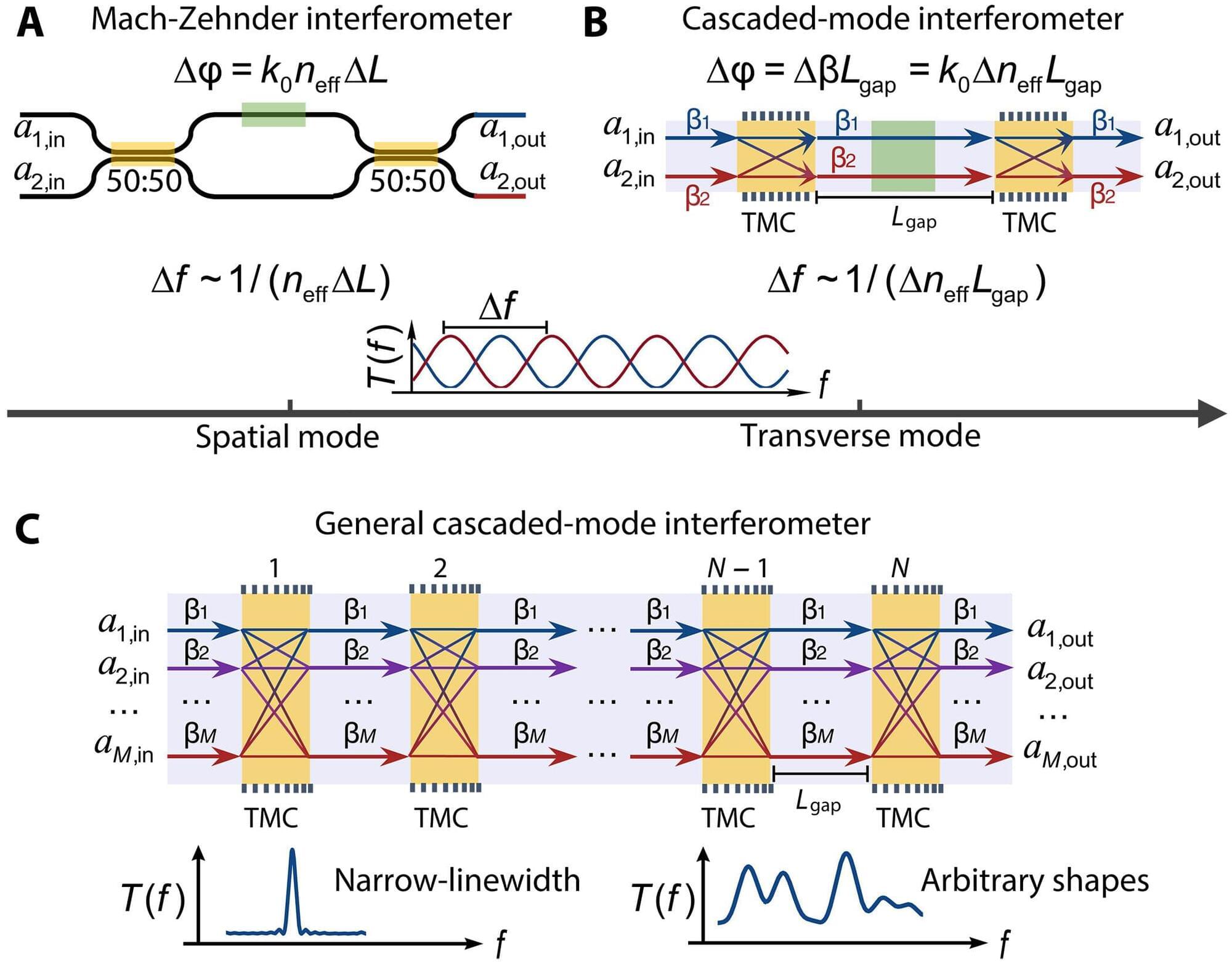Georgia Tech researchers recently proposed a method for generating quantum entanglement between photons. This method constitutes a breakthrough that has potentially transformative consequences for the future of photonics-based quantum computing.
“Our results point to the possibility of building quantum computers using light by taking advantage of this entanglement,” said Chandra Raman, a professor in the School of Physics. The research is published in the journal Physical Review Letters.
Quantum computers have the potential to outperform their conventional counterparts, becoming the fastest programmable machines in existence. Entanglement is the key resource for building these quantum computers.
